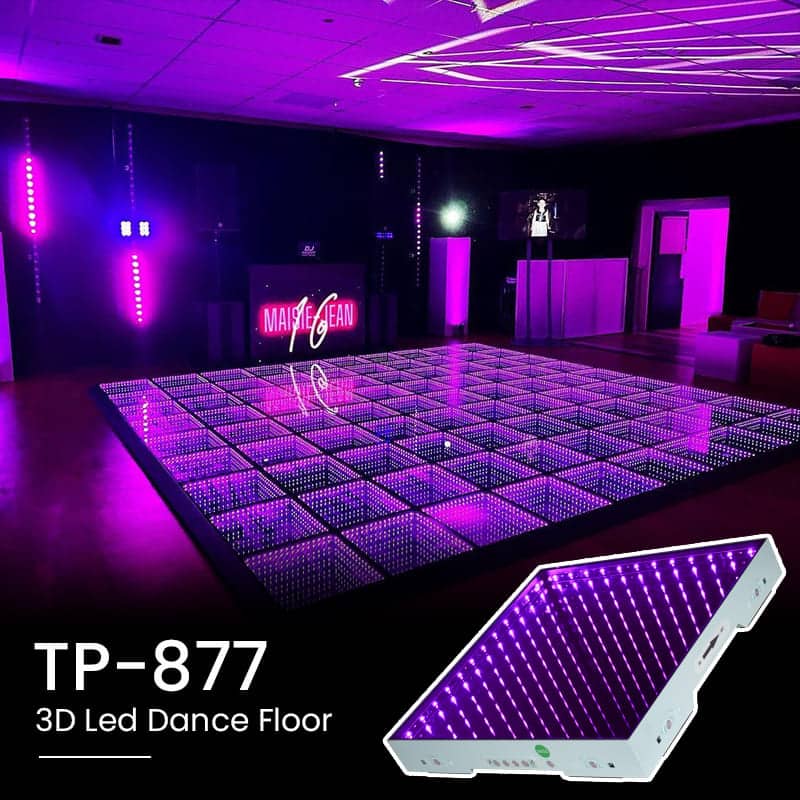Illuminating Innovation Via Shade Theory in Light Emitting Diode Dance Surface Creations
Illuminating Innovation Via Shade Theory in Light Emitting Diode Dance Surface Creations
Blog Article
Hue concept represents an important element of aesthetics, especially as it comes to designing light-emitting diode dance floors. The interplay of colors can greatly influence the mood and vibe of a venue. By understanding how colors work together, creators can create an environment that improves the overall experience for participants. This piece examines the basics of hue theory and its use in LED dancing floor designs.
The main colors are red, blue, and yellow. These colors cannot be made by blending other colors together. Secondary colors, such as green, orange, and violet, are formed by mixing primary colors. Tertiary colors are formed by mixing a primary color with a intermediate hue. Grasping these basic relationships helps creators choose hues that enhance one another and create a visually pleasing display. Combining these hues on an LED dance surface can lead to dynamic and exciting effects that capture the attention of dancers.
Hue temperature also plays a crucial role in design. Colors can be classified as warm or cool. Warm colors, such as red, orange, and golden, often to evoke emotions of enthusiasm and heat. In click for more opposition, chill hues like blue, emerald, and purple typically generate a serene and soothing atmosphere. Designers can utilize these color temperatures to set the ambiance for various types of occasions. For example, a celebration environment may gain from hot hues that energize the audience, while a more relaxed event might use cool hues to provide a calming effect.
In addition to hue pairings and temperature, brightness and intensity are essential elements to take into account. Luminosity refers to how light or dim a hue looks, while intensity measures the vividness of a color. Bright, saturated hues can generate a lively and lively environment, perfect for dancing surfaces. On the other hand, softer, less intense colors can generate a further subdued atmosphere. By adjusting luminosity and saturation, designers can draw focus to particular sections of the dancing floor or create sight routes, leading participants through the venue.
Ultimately, it is essential to consider the psychological effects of hue in light-emitting diode dance surface layouts. Various hues can elicit different feelings and responses. For instance, red is often associated with passion and energy, while azure can be soothing and peaceful. Understanding these associations allows designers to strategically use hues to influence the behavior of dancers. Through integrating hue theory into light-emitting diode dance have a peek at this site surface layouts, designers can enhance the total encounter, rendering it memorable and enjoyable for everyone participating.